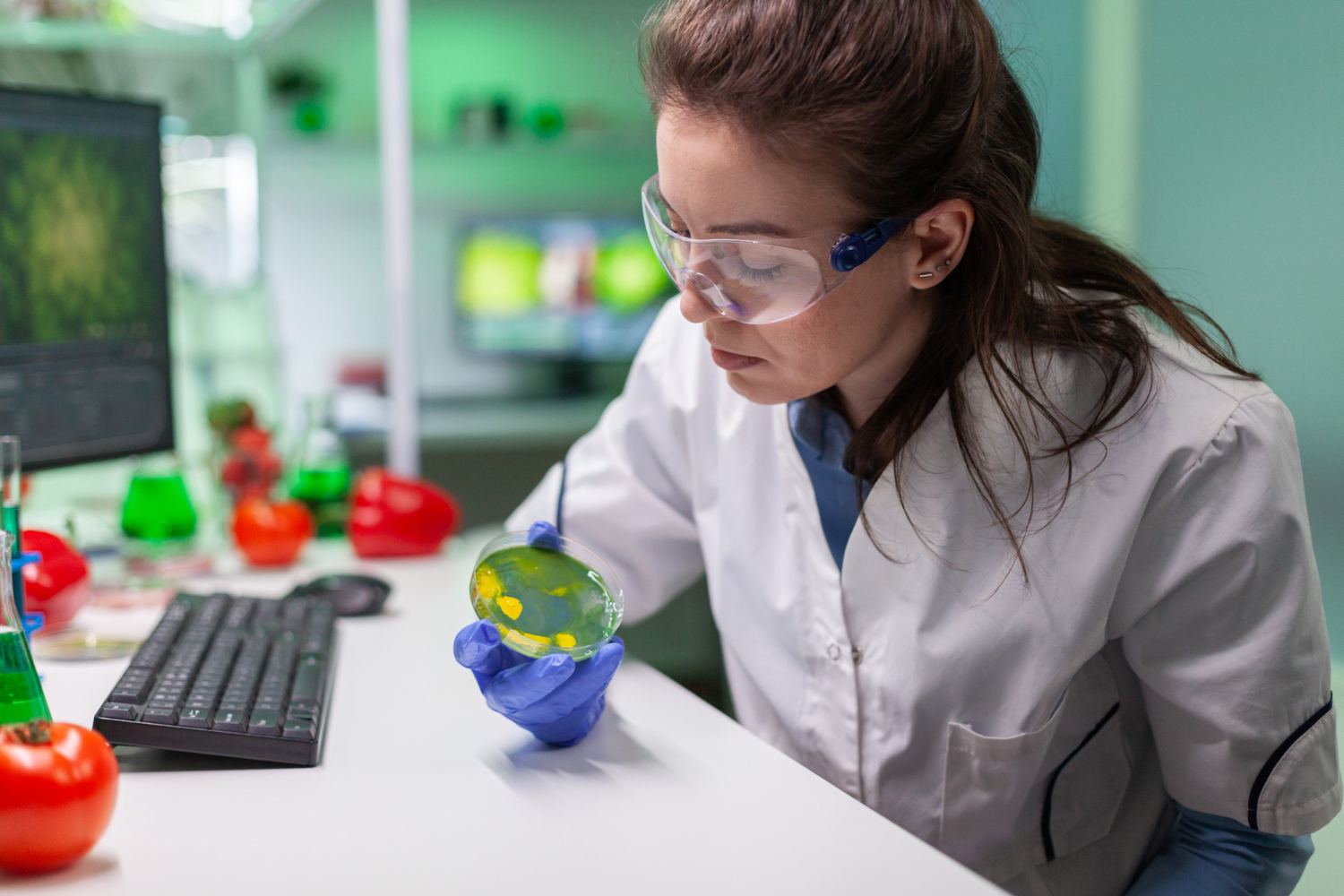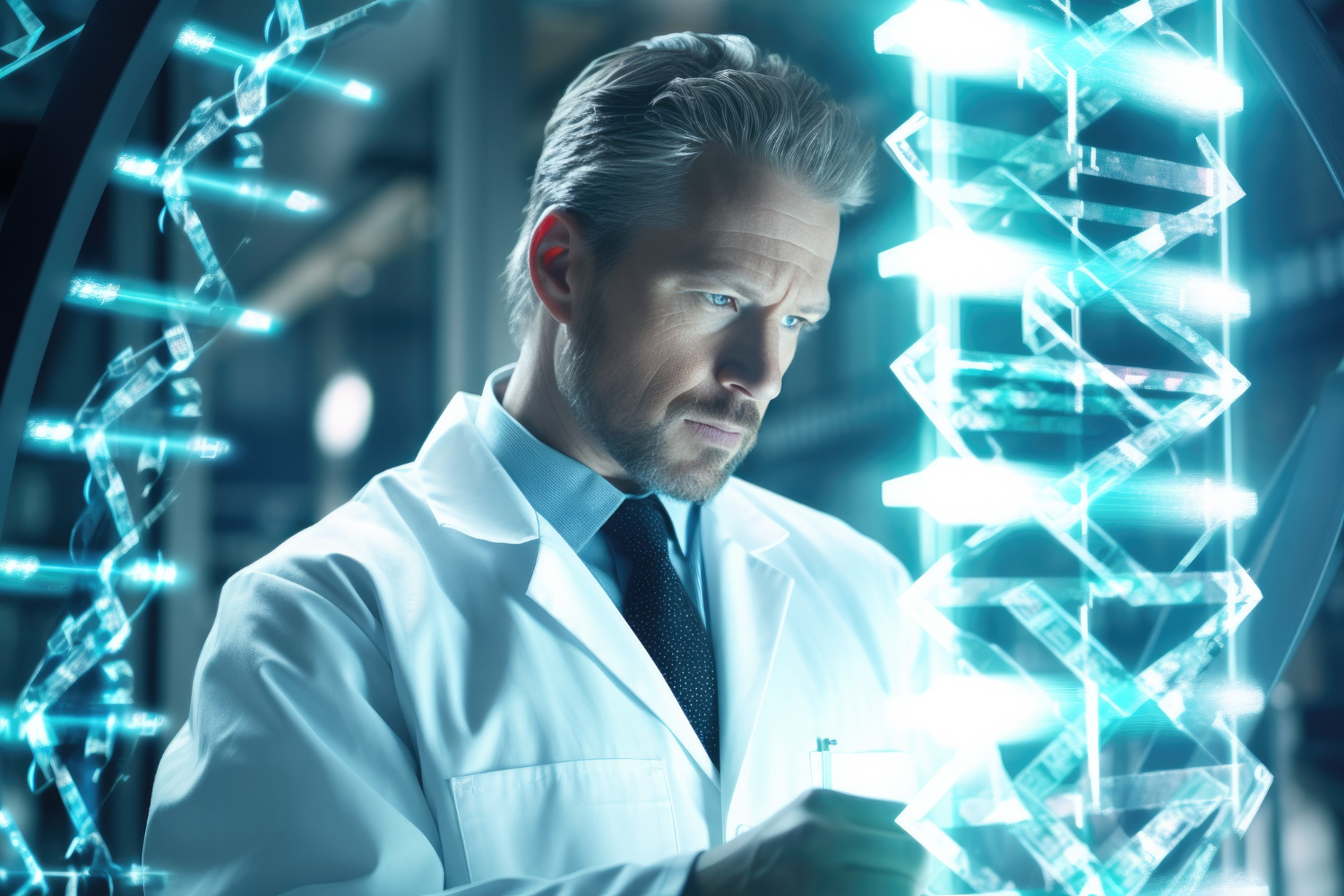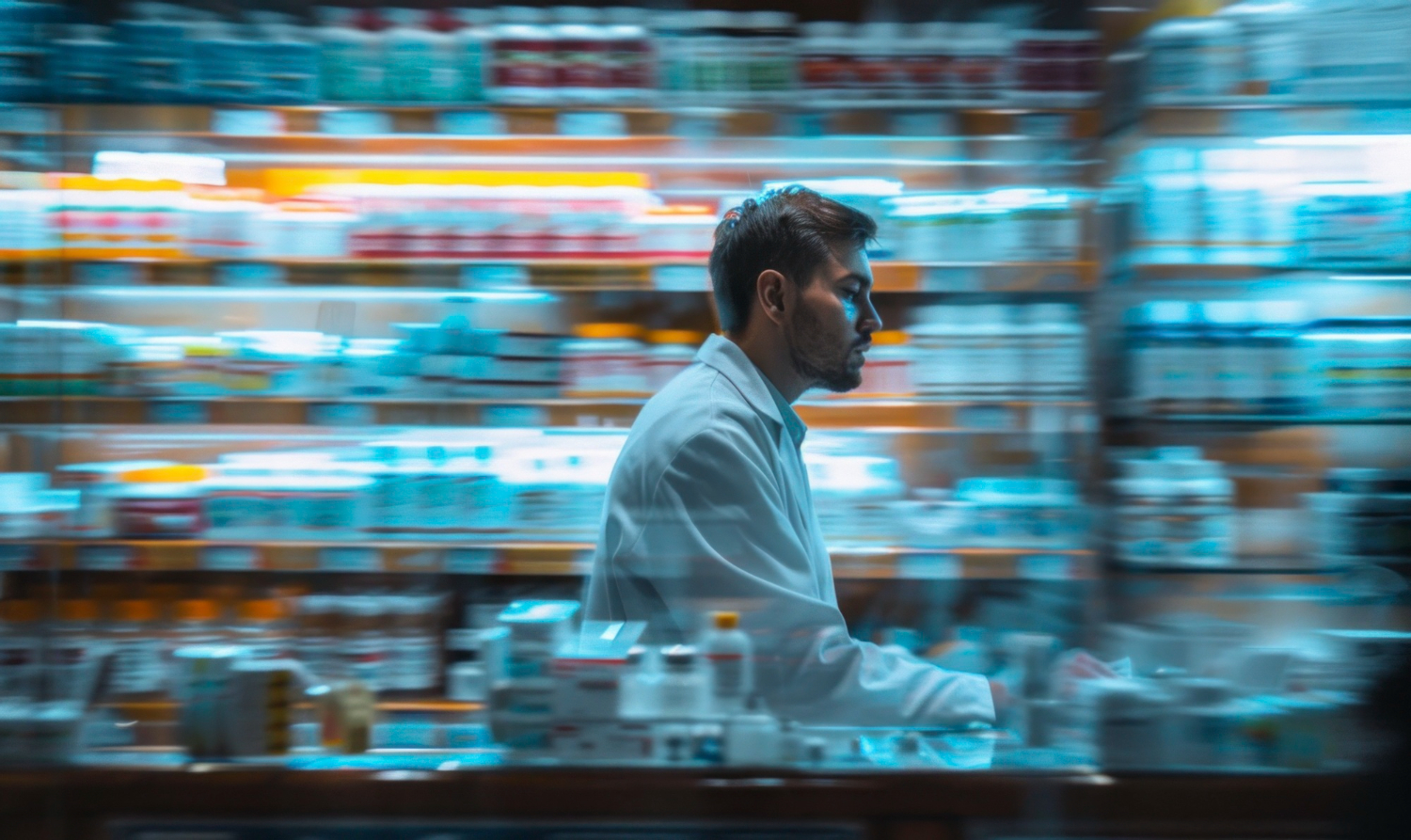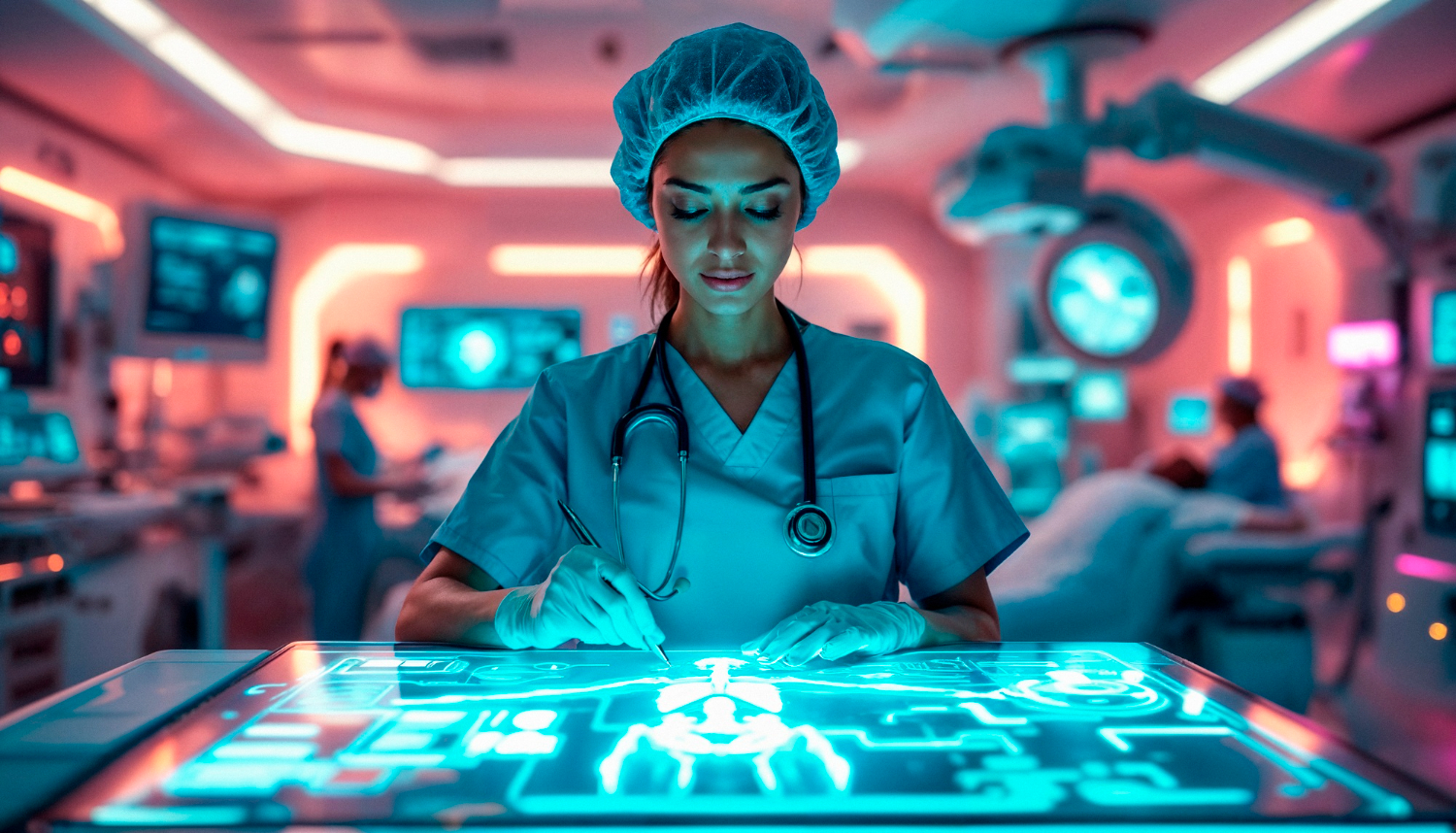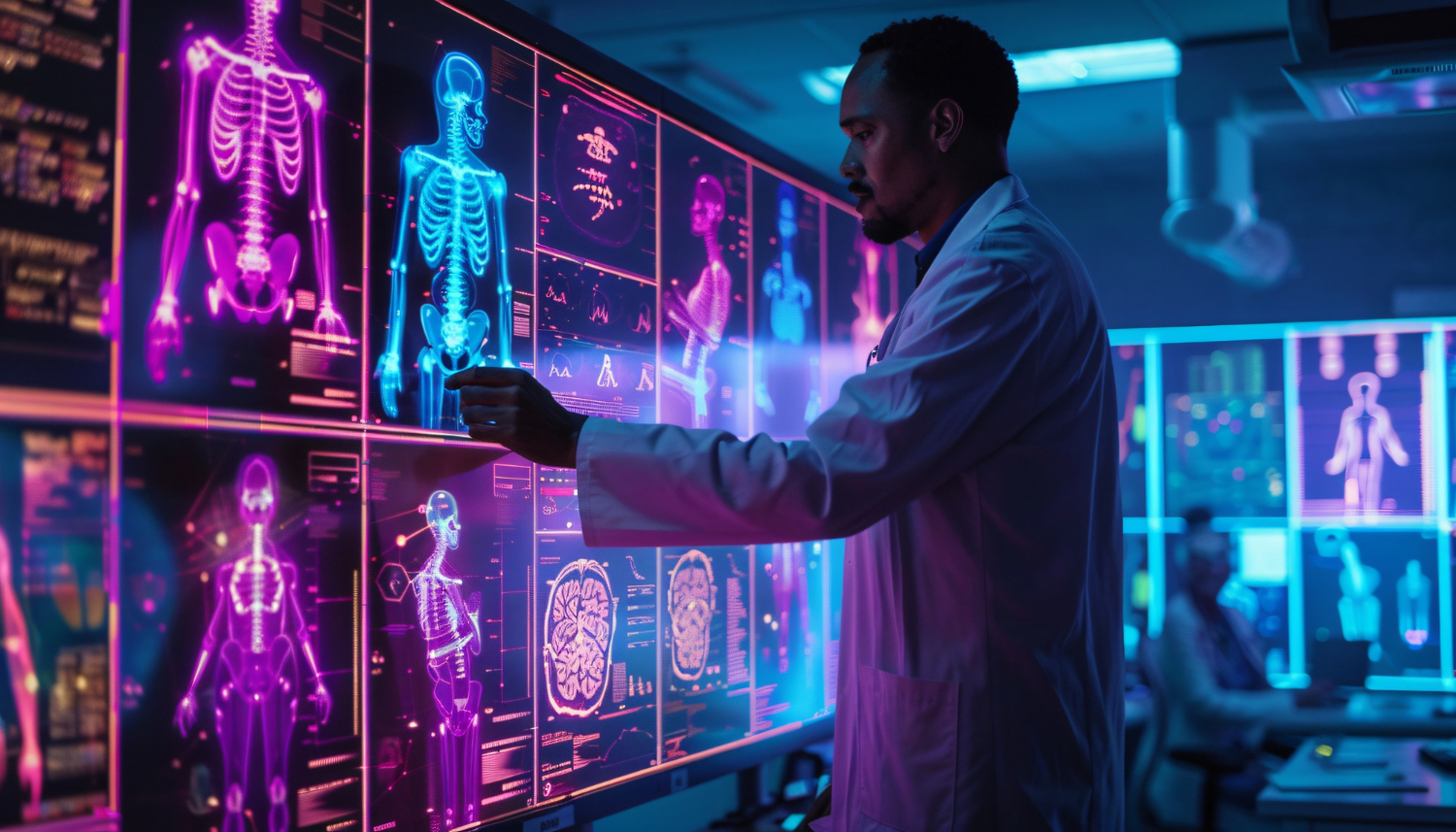Introduction to Biotechnology and 3D Models
Biotechnology has become one of the most dynamic areas in the biological sciences. By combining modern biotechnology with 3D models, researchers can study structures and functions in ways not possible before. These models allow scientists to visualise processes, test designs, and create accurate simulations for plants and animals. The connection between biotechnology and 3D modelling reaches across medical, agricultural, and industrial fields.
Modern biotechnology involves techniques such as recombinant DNA technology, gene therapy, and tissue engineering. These methods work well with advanced modelling tools. They help improve human health.
They also strengthen the food supply and enhance industrial processes. Biotechnology products made with 3D models can move from the lab to use more easily. They also meet standards set by the Food and Drug Administration and the Environmental Protection Agency.
Read more: AI in Biotechnology: A Game Changer for Innovation
Genetic Engineering and Structural Modelling
Genetic engineering works at the level of DNA to adjust traits in plants, animals, or microorganisms. With 3D models, scientists can represent DNA segments, protein shapes, and molecular interactions in precise detail. These visualisations support accurate modifications in genetic sequences. By seeing how a protein folds or how a molecule binds, biotechnology firms can create targeted solutions.
Recombinant DNA technology benefits greatly from this modelling. Researchers can simulate adding a gene to a host organism. They can then check for possible changes in behaviour or production.
In agricultural biotechnology, this can result in crops resistant to pests or tolerant to drought. In human health, the same process helps in the design of therapies for genetic disorders.
Read more: AI in Biotechnology: Nature in the Palm of our Hands
Agricultural Biotechnology and Food Supply Stability
Agricultural biotechnology uses tools like gene editing and recombinant DNA technology to improve plants and animals. 3D models give a detailed picture of plant cell structures, root systems, and growth patterns.
Scientists can simulate different conditions. This helps them understand how crops respond to environmental stress. They do this before planting the crops in the real world.
The department of agriculture supports projects that use modelling to predict how agricultural biotechnology products will perform under varying soil and climate conditions. By combining genetic data with structural models, farming systems can become more efficient and resilient. This approach not only improves yields but also helps protect the food supply from the impact of disease or extreme weather.
Tissue Engineering and Medical Applications
Tissue engineering focuses on creating biological tissues for human health purposes, such as skin grafts or organ repair. 3D models are central to designing scaffolds, studying cell growth, and predicting how tissues will behave in the body. These models help engineers decide where to place cells and materials. This promotes the right structure and function.
Gene therapy can also benefit from accurate models. By visualising the delivery method of a genetic treatment, medical teams can choose the most effective course of action. Diagnostic tests gain accuracy when informed by structural predictions, leading to quicker treatment decisions. Modern biotechnology has made it possible to simulate these scenarios with high precision before any clinical work begins.
Industrial Biotechnology and Process Optimisation
Biotechnology industrial applications go beyond healthcare and agriculture. Industrial biotechnology uses living cells, enzymes, or microorganisms to create products in areas such as biofuels, chemicals, and materials. 3D models contribute by simulating industrial processes at the molecular level, predicting reactions, and improving efficiency.
In manufacturing, structural modelling helps optimise equipment design to handle biological materials without contamination. By applying these insights, biotechnology firms can meet production targets while maintaining quality control. Agencies like the Environmental Protection Agency regulate these processes to ensure they meet safety and environmental standards.
Read more: Generative AI: Pharma’s Drug Discovery Revolution
Collaboration Between Regulation and Innovation
The development of biotechnology products often requires approval from multiple authorities. The Food and Drug Administration oversees products related to human health, while the Environmental Protection Agency ensures environmental safety. The department of agriculture handles plant and animal biotechnology used in farming.
3D models help companies demonstrate compliance. By showing clear, visual evidence of safety and effectiveness, biotechnology firms can streamline the approval process. This teamwork between innovation and regulation helps new products enter the market. It ensures confidence in their performance and safety.
Read more: Generative AI Security Risks and Best Practice Measures
Education and Training in Biological Sciences
Biological sciences education now integrates modern biotechnology and 3D models into training programmes. Students can use simulations to study genetic engineering, tissue engineering, and diagnostic testing without handling live samples. This reduces costs and increases safety in training environments.
Practical skills in building and interpreting 3D models prepare future scientists for careers in biotechnology firms. By understanding how computer-generated structures represent real biological systems, students become more effective problem solvers in agricultural biotechnology, industrial biotechnology, and medical research.
The Future of Biotechnology with 3D Models
As technology advances, 3D models will become even more detailed and interactive. Biotechnology firms will integrate these models into every stage of research, development, and production. In human health, this could mean more personalised treatments and faster gene therapy deployment. In agriculture, models will allow continuous monitoring of crop performance with real-time adjustments to farming strategies.
Industrial biotechnology will also expand its use of modelling to refine processes, reduce waste, and meet sustainability goals. This evolution will depend on close cooperation between researchers, engineers, regulatory bodies, and industry leaders.
Read more: 3D Visualisation Just Became Smarter with AI
How TechnoLynx Can Help
TechnoLynx works with biotechnology firms to create advanced 3D models for genetic engineering, tissue engineering, and industrial processes. Our solutions support the design of biotechnology products for plants and animals, enhance diagnostic tests, and improve production efficiency. We follow guidelines from the Food and Drug Administration, Environmental Protection Agency, and Department of Agriculture. This helps our clients meet rules while still being innovative.
TechnoLynx provides accurate and reliable modelling solutions. We help improve human health with precise gene therapy planning. We also support agricultural biotechnology to strengthen the food supply. Our expertise helps clients move projects from concept to application with confidence and speed.
Let TechnoLynx help you in your next 3D modelling project!
Image credits: Freepik

